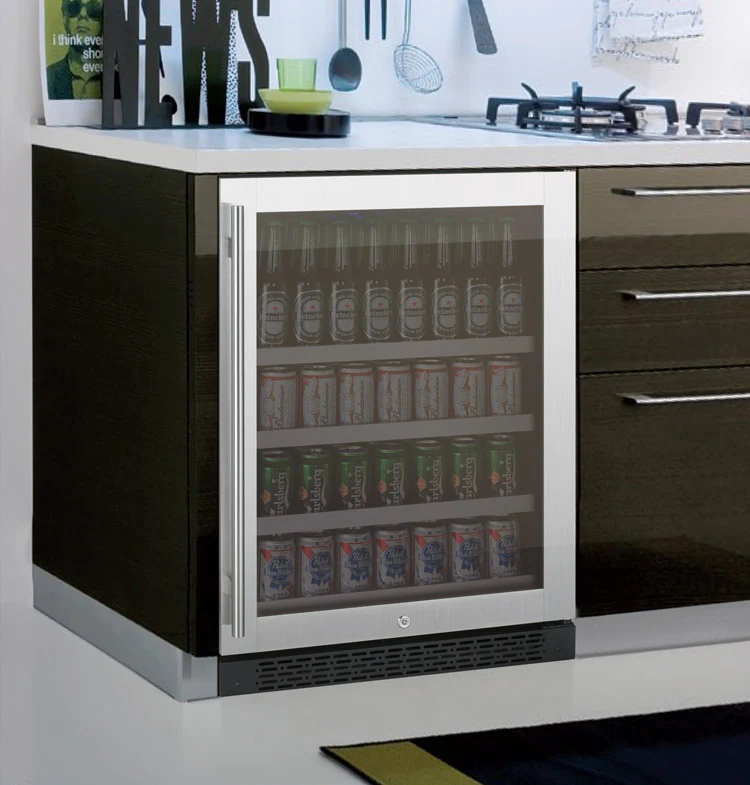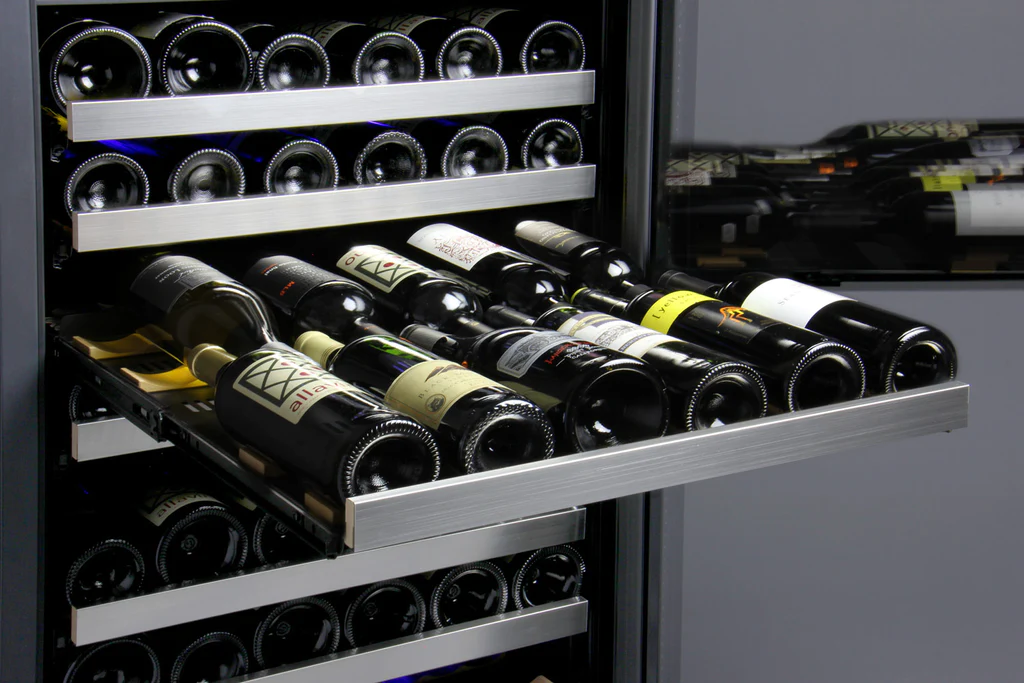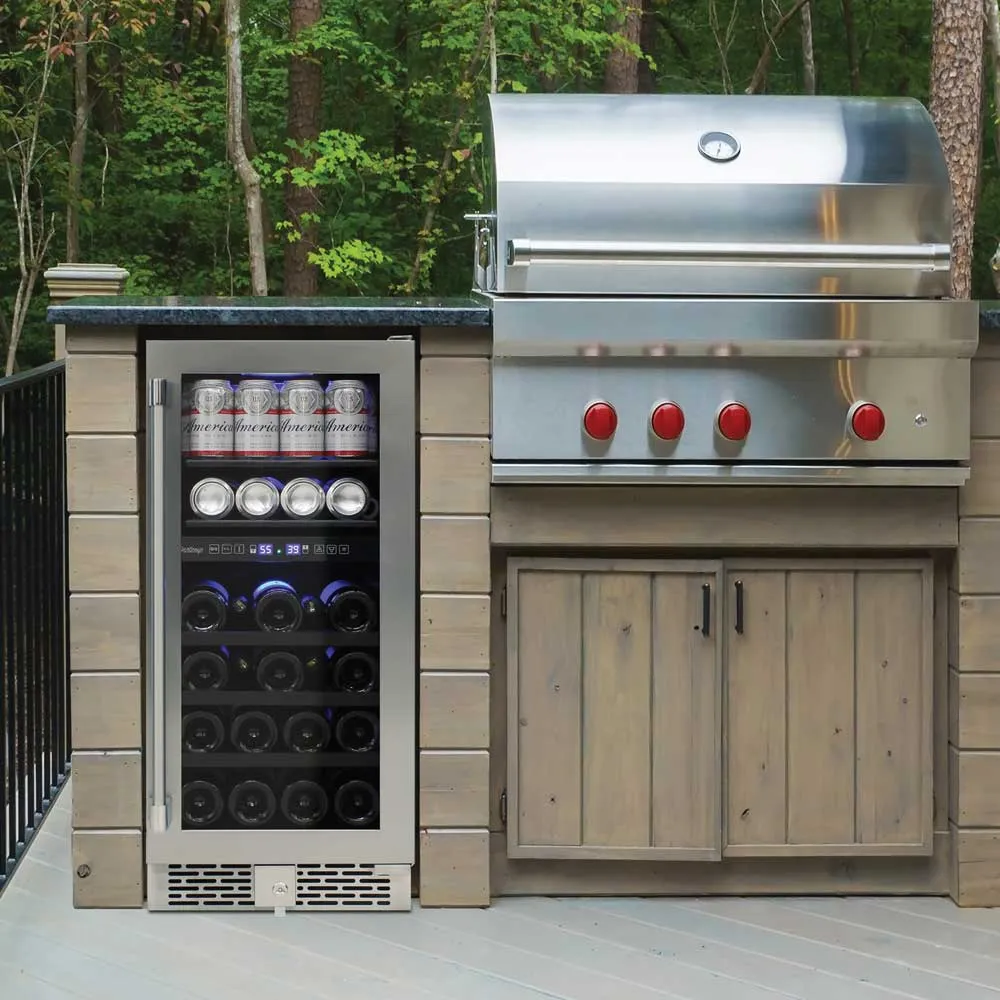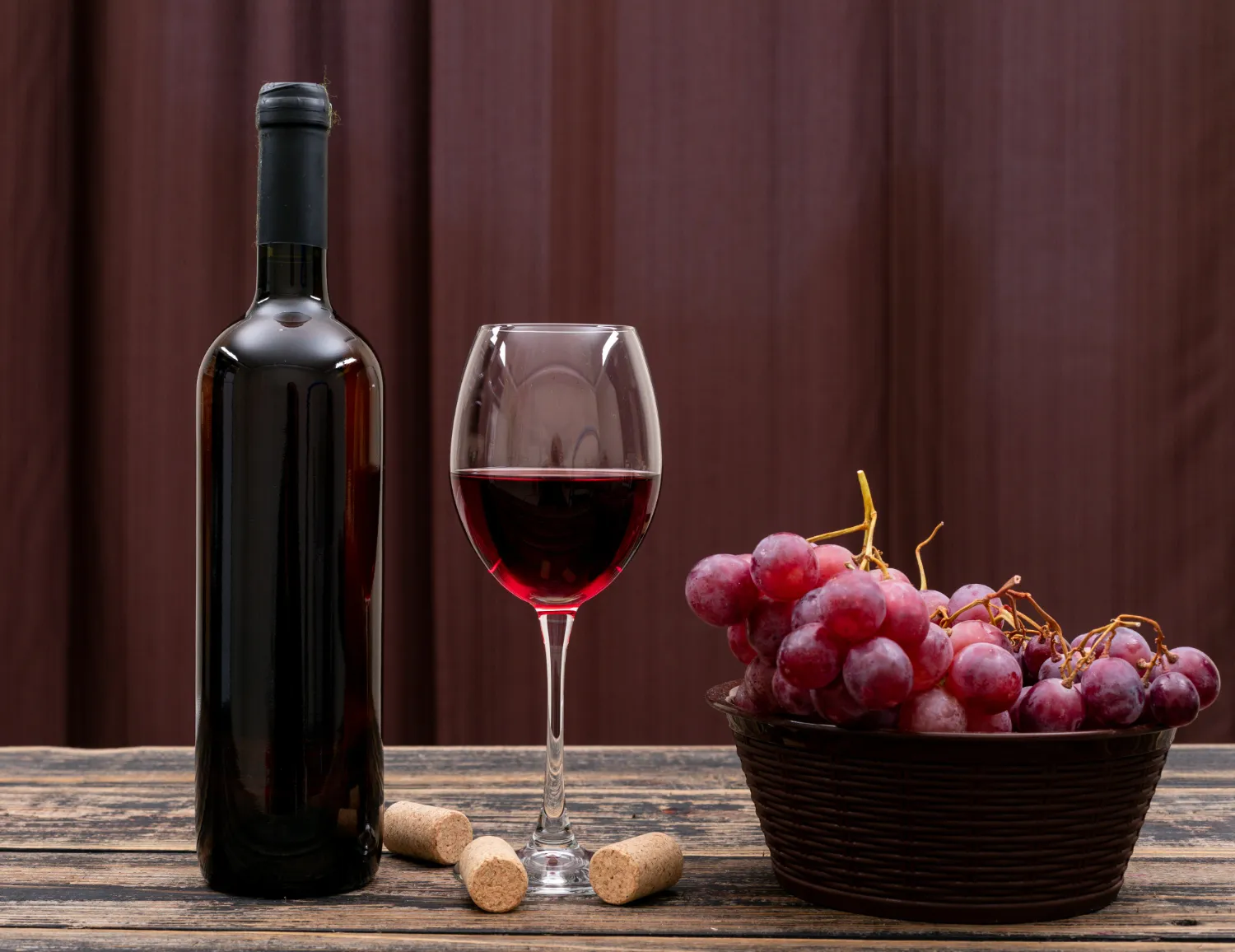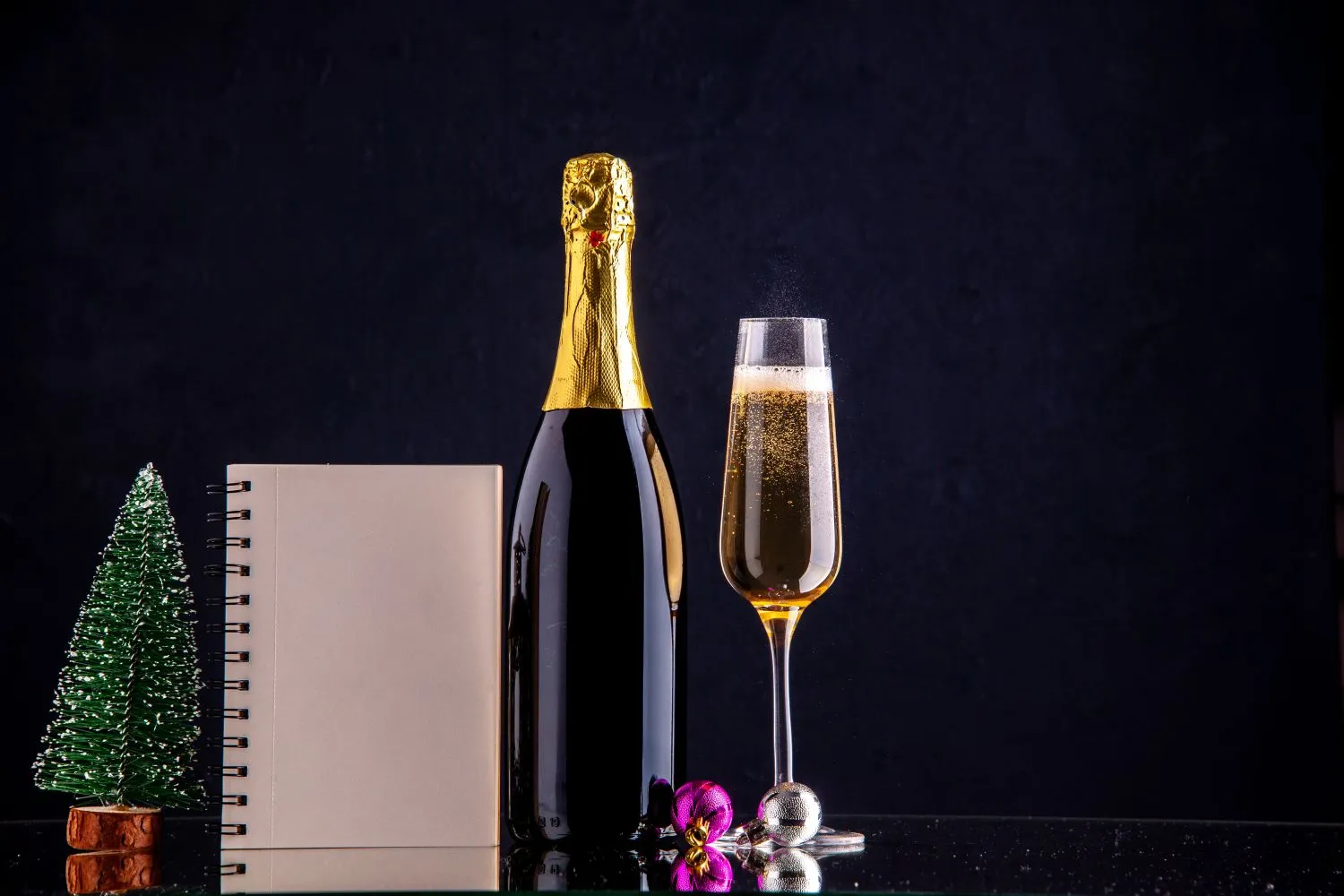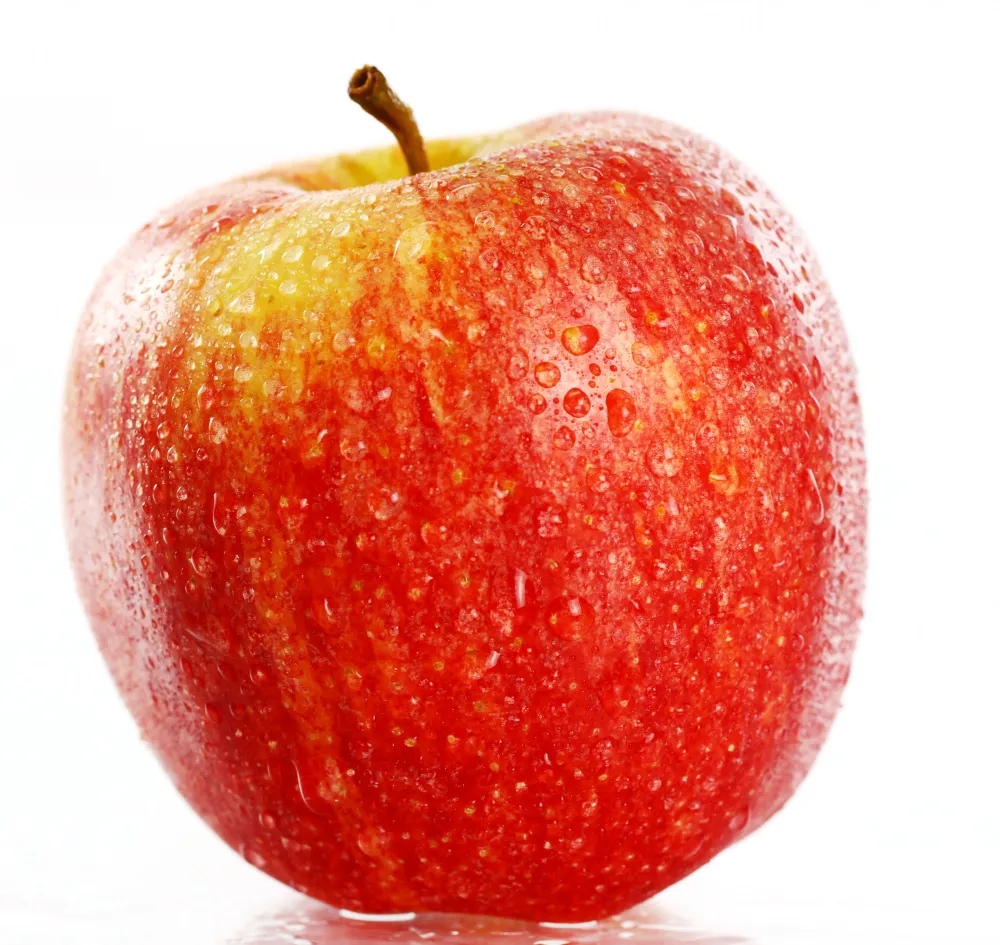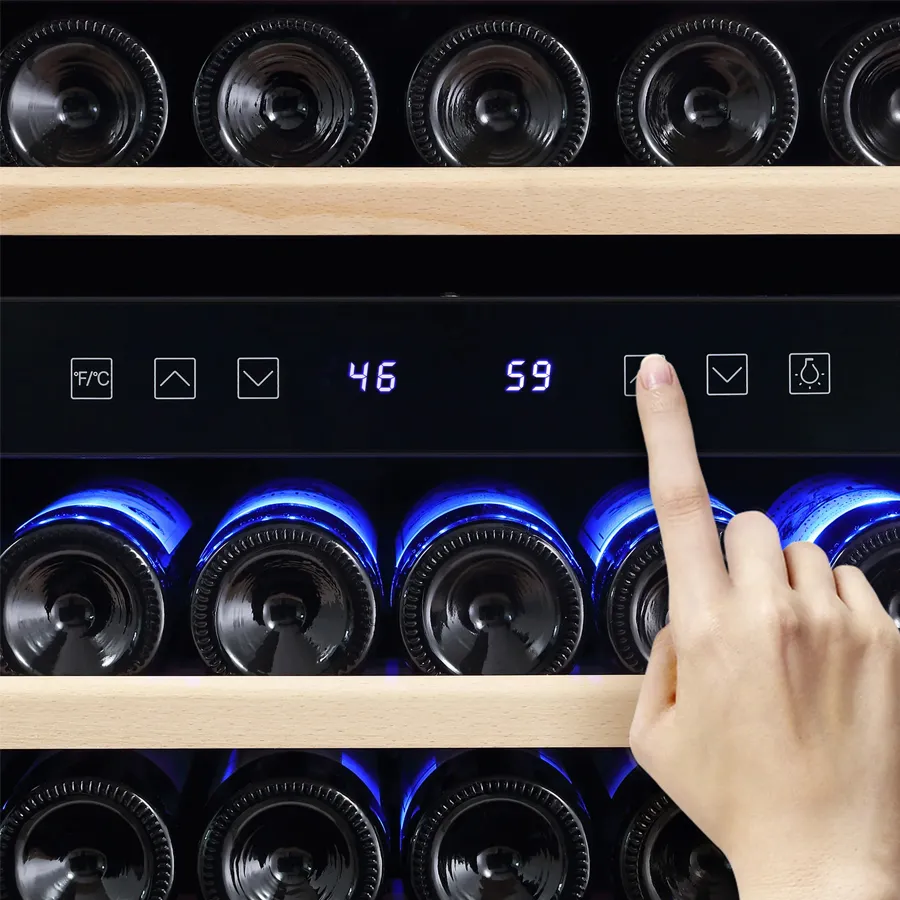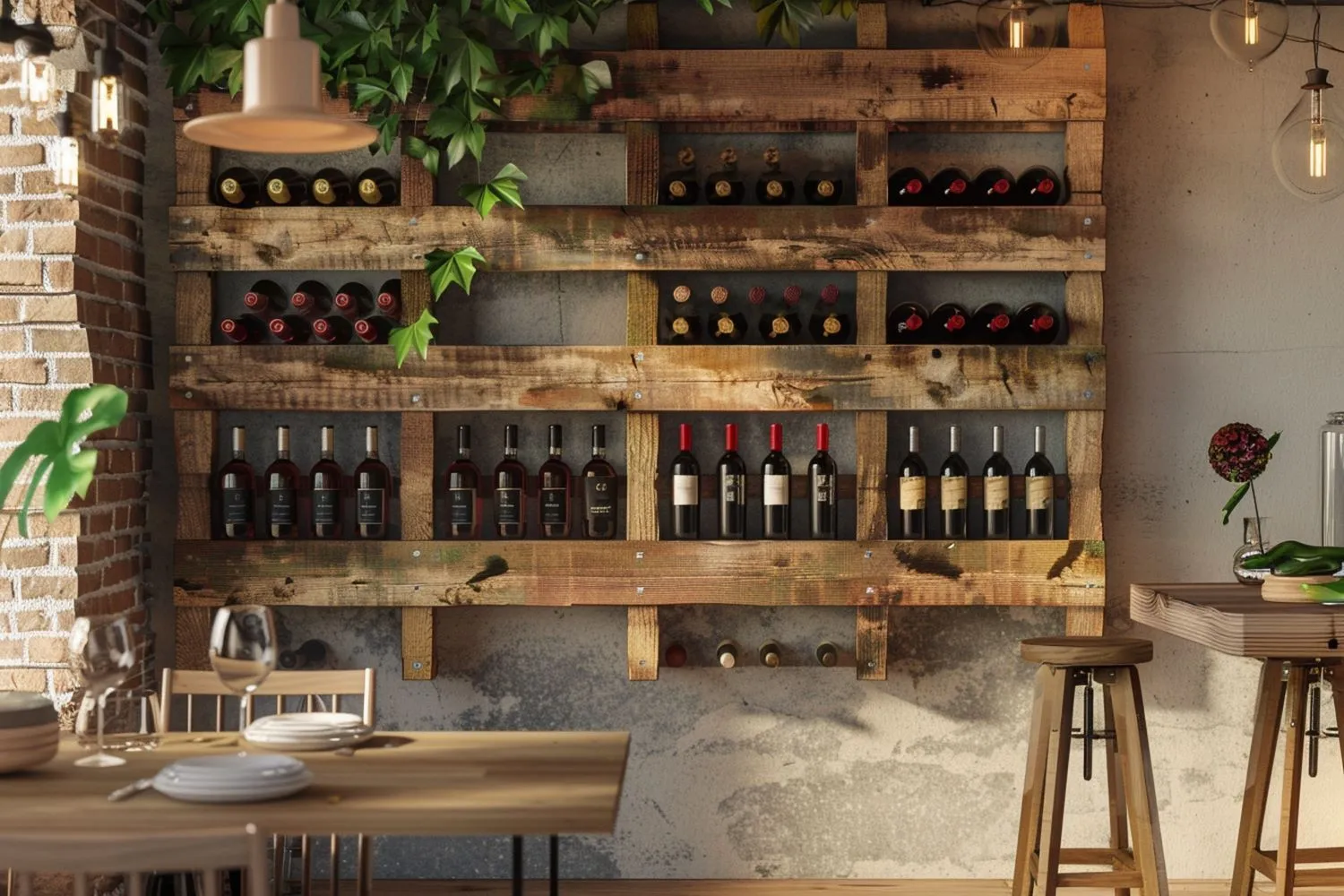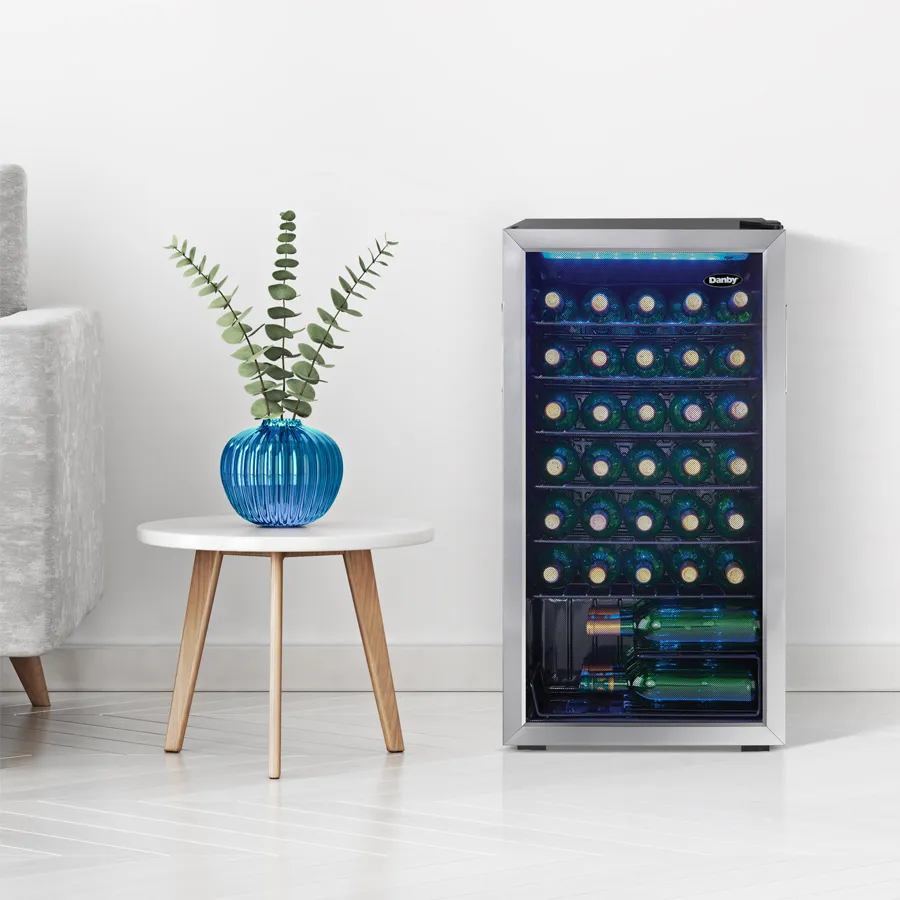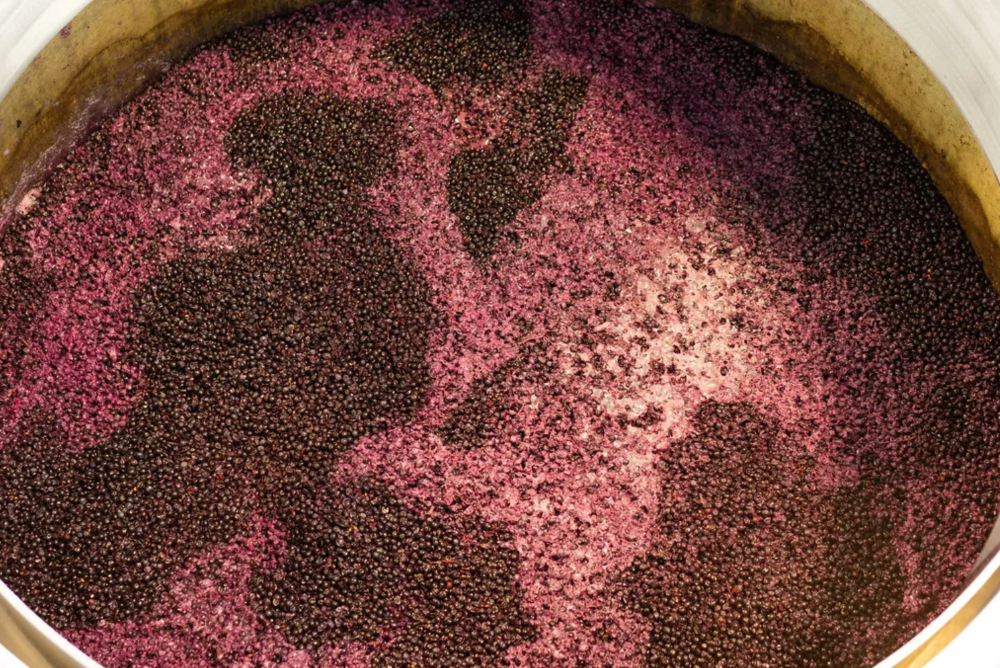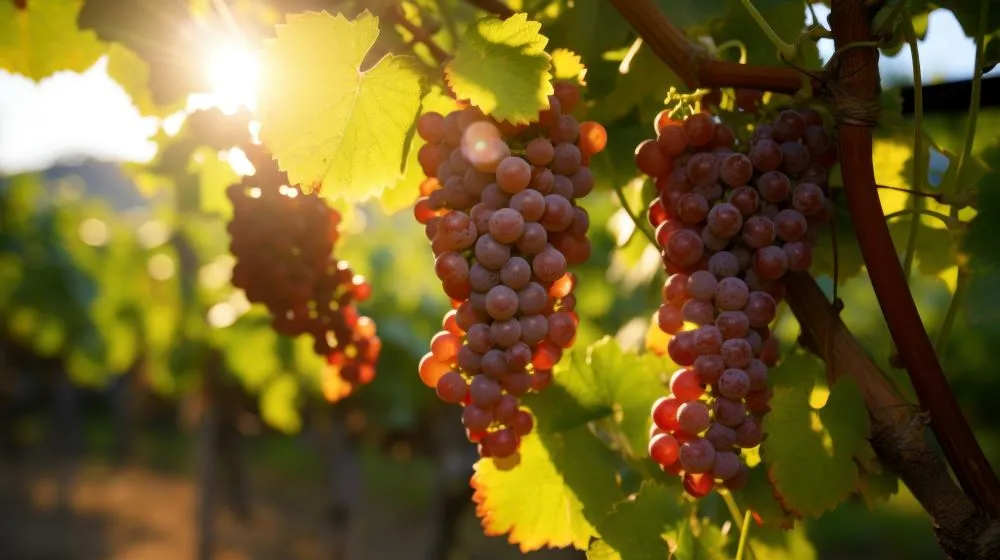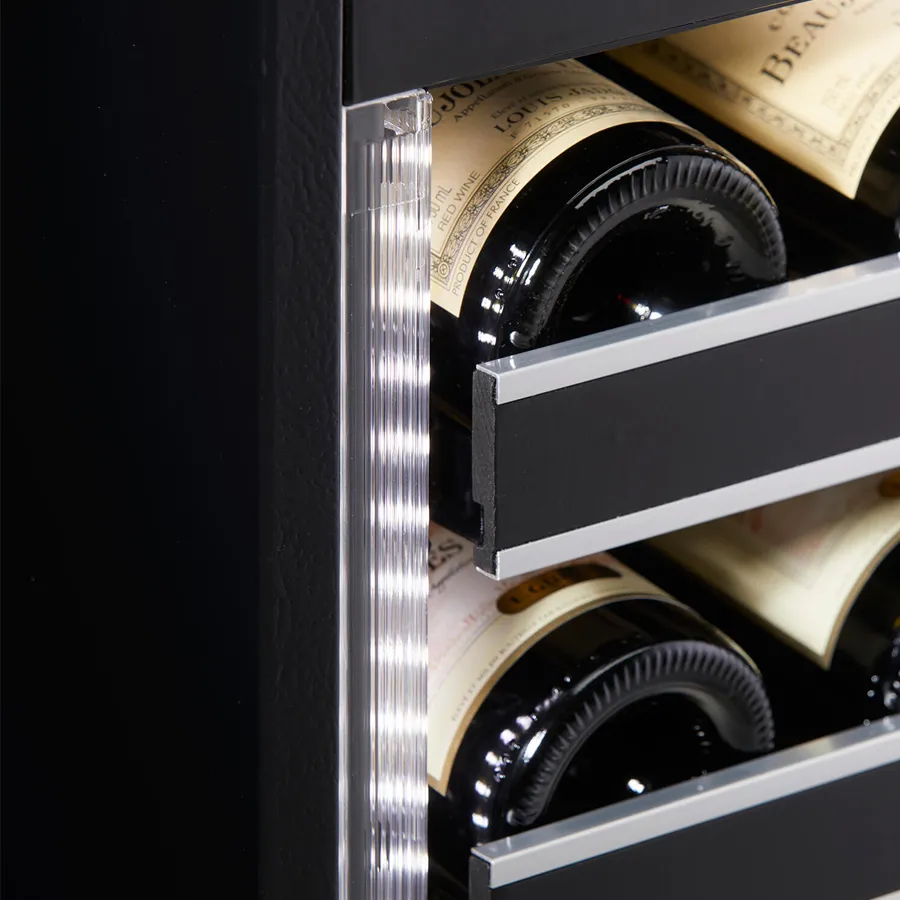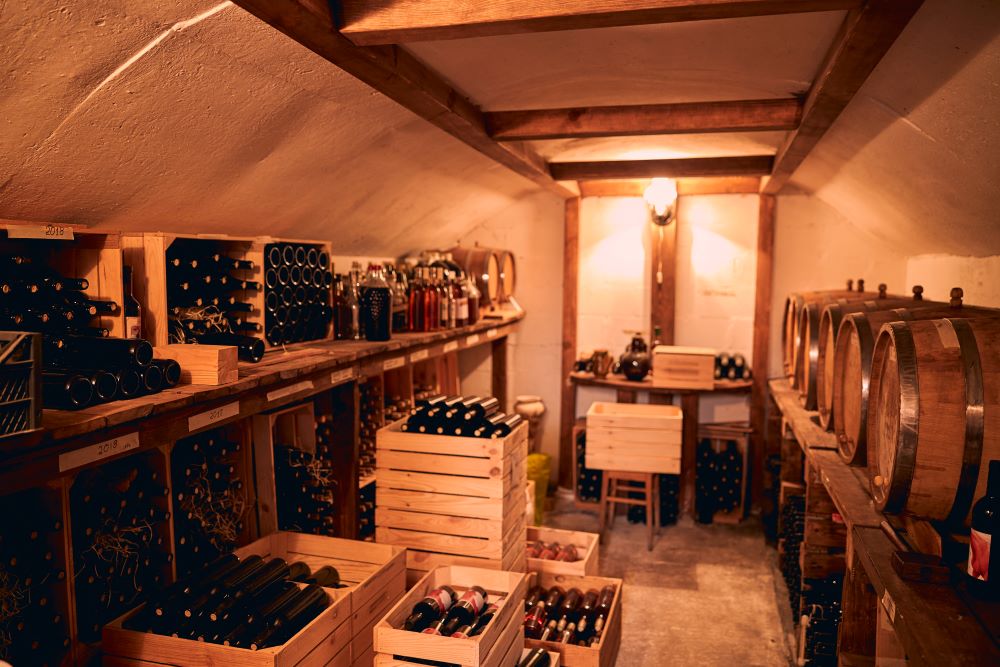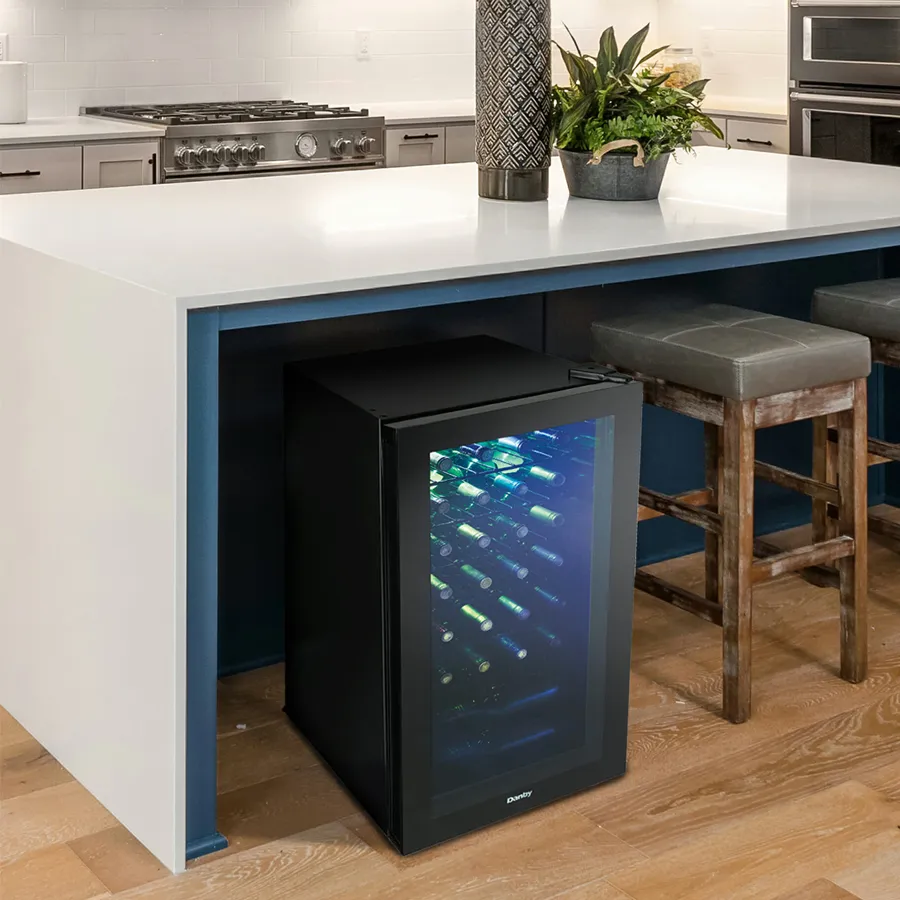Serving a fine bottle is not merely a routine act; it’s a nuanced art form that extends beyond the mere uncorking of a bottle. Whether you are a seasoned enthusiast or a novice eager to explore the complexities of wine, understanding the unspoken guidelines of wine service is essential. Beyond the clink of glasses and the swirl of the wine in the glass lies a subtle dance of traditions and etiquettes that enhance the overall experience. Join us on a journey through the intricacies of serving wine correctly, where each pour tells a story, and each sip is a celebration of craftsmanship and culture.
The Essentials for the Right Wine Glasses
Avoid ornamental details at all costs while shopping for wine glasses. A thin-walled, dry, and spotlessly clean glass is ideal for serving wine. The tulip shape is commonly used because it provides the perfect cup for enjoying the wine. Etiquette says that different types of wine, depending on their age, call for different cups. A slightly larger glass with an internally curved rim, slightly bigger than 1 dl, is ideal for white wines. A white wine glass with an outwards sloping rim is ideal for young, fragrant white wines. Use a round, 1 dl goblet to serve young red wines. But bigger glasses are better for red wines as they age. For a more immersive sensory experience, let the aromas linger above the wine. To fully enjoy the wine’s subtleties and qualities, it is essential to use the right glass.
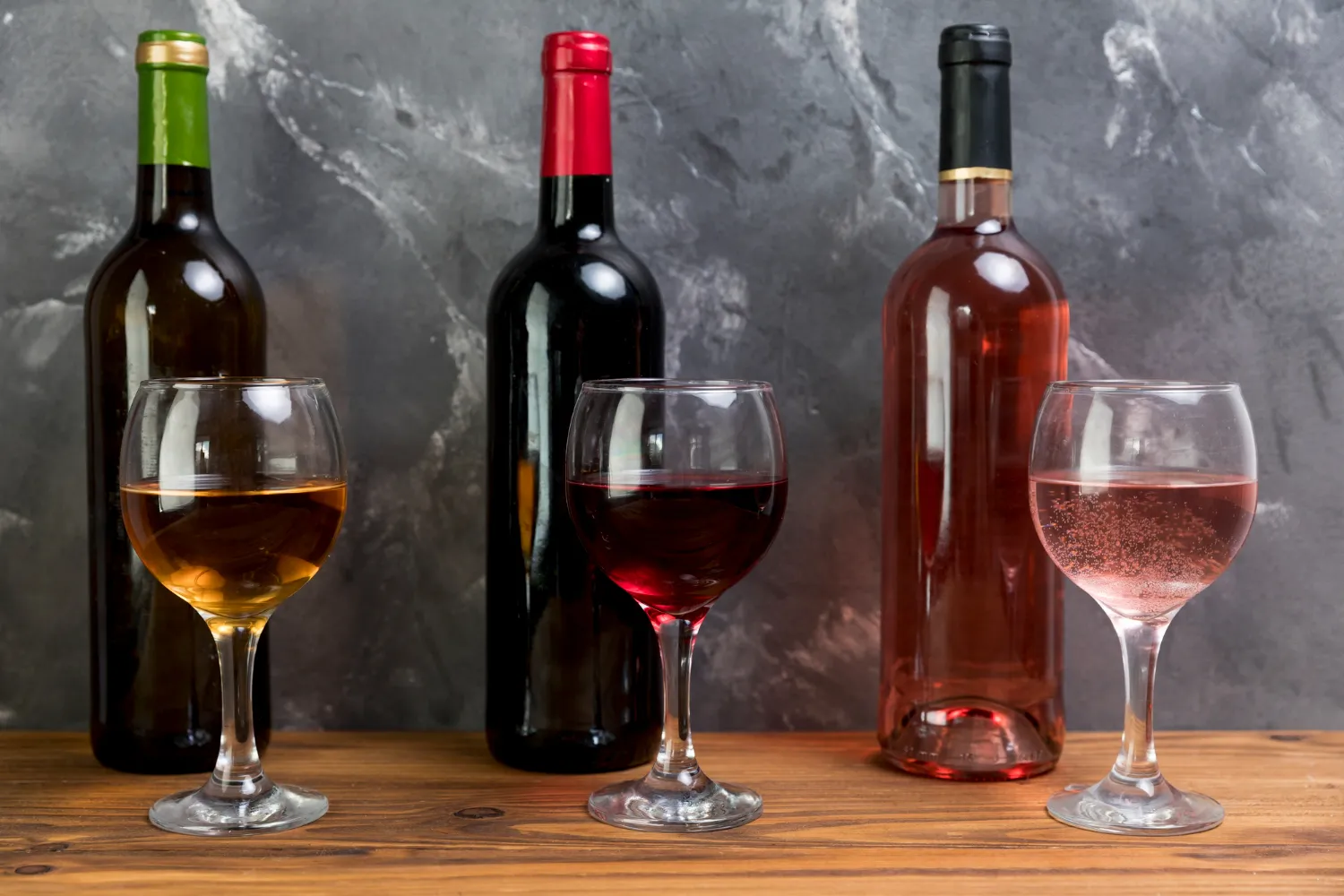
At all costs, when looking for wine glasses, avoid embellishments. The perfect glassware for pouring wine is one that is thin-walled, dry, and immaculately clean.
- Decoration: Choose glasses without any decorative elements to avoid distracting from the wine’s presentation and clarity.
- Thin-Walled, Dry, and Clean: Thin-walled glasses enhance the drinking experience, and cleanliness ensures no residual odors or flavors affect the wine.
- Tulip-Shaped Glasses: The tulip shape concentrates the aromas, directing them toward the nose, and enhancing the wine’s bouquet.
- White Wine Glasses: Slightly larger than 1 dl, with an inwardly curved rim, promoting aeration for white wines.
What is The Ideal Temperature for Serving Wines?
It’s almost a rule of thumb that wine with a higher alcohol level should be served at a cooler temperature. Also, white wines are often served at a cooler temperature than red wines. Temperature recommendations for popular wine varieties are as follows: 12°C for rosé and silver wines; 13–16°C for young and delicate reds like Pinot Noir; 16–20°C for full-bodied reds like Merlot and Cabernet Sauvignon; 8–12°C for table whites like Chardonnay; and 9–12°C for dessert whites.
- Differentiation Between Wines: Varying temperatures enhance the characteristics of different wines.
- Rosé and Siller Wines: Served slightly chilled at 12°C for a refreshing taste.
- red wines: Generally served at higher temperatures, with variations based on the type and boldness of the red wine.
The Perfect Ritual to Open a Bottle of Wine:
One of the best ways to enhance the taste of red wine is to decant it. Although keeping it in mind is highly suggested, occasionally people fail to do so. If you want to do it the old-fashioned way, fill a glass pitcher or decanter with wine. After that, a mere 30–45 minutes of sitting time is required. Alternatively, you can use a wine aerator, which decants wine nearly instantly.
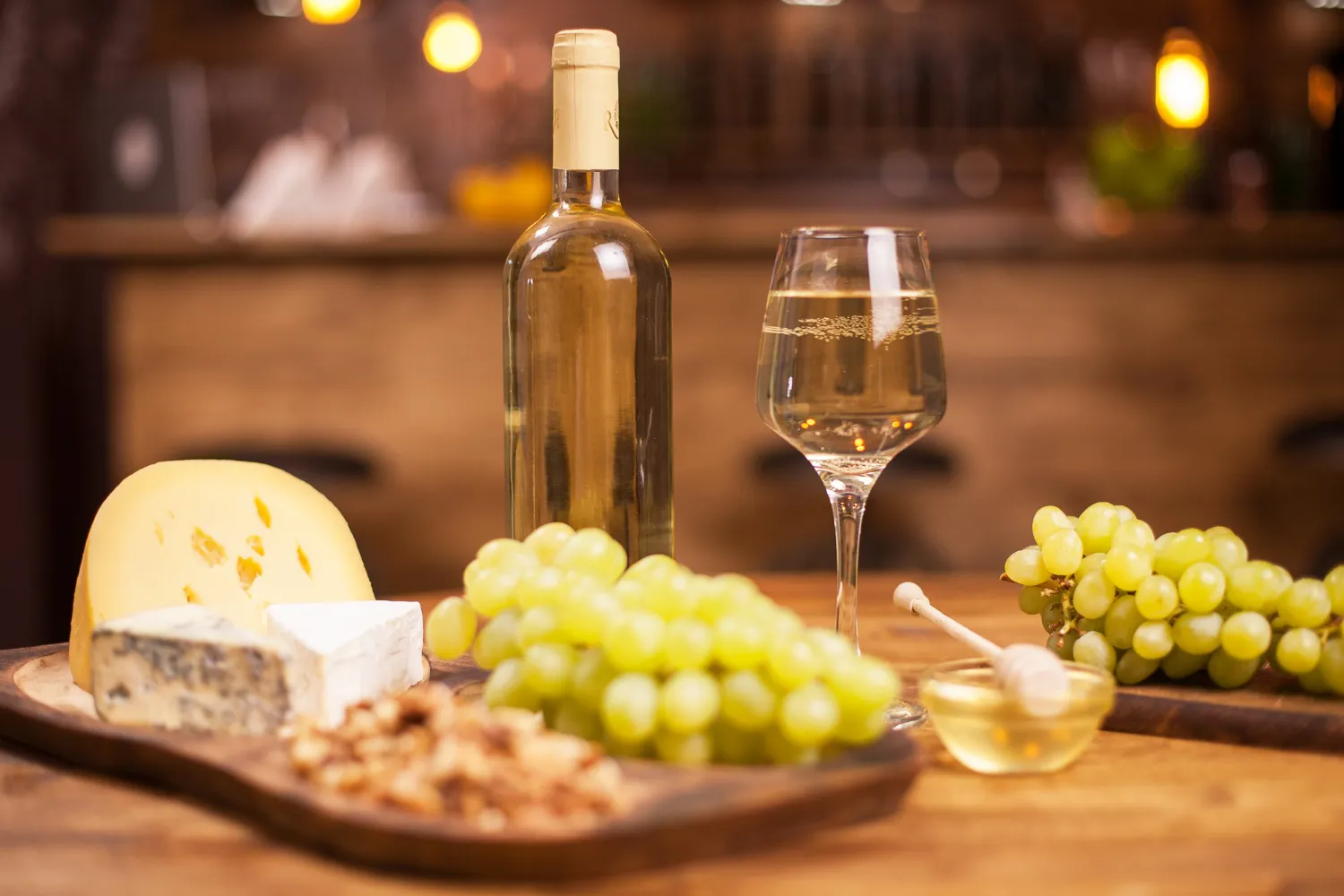
Decanting red wine is one of the finest techniques to enrich its flavor. Even though it’s strongly recommended, sometimes people forget.
- Preparing the Bottle: Removing the cover cap and wiping the neck ensures cleanliness and prevents any debris from falling into the wine.
- Corkscrew Technique: Pulling out the cork two-thirds of the way with a corkscrew before gently removing it by hand minimizes the risk of cork breakage.
- Additional Step: Wiping the cork with the bottle’s top further ensures the removal of any cork particles.
The Proper Way of Wine Serving:
A brief period of aeration is permissible before serving wine that has been matured for a long time. Assuming the initial taste test was satisfactory, fill the bottle with wine by grasping its base. That way, the primary label can be seen. Standing at each person’s right hand is a good way to fill the proper direction, and you can begin with the most dignified person at the table. While you wait for the glass to fill to two thirds of the way, keep the bottle away from it.
- Aeration for Aged Wines: Allowing aged wines to aerate briefly enhances their flavors.
- Pouring Technique: Hold the bottle by the body, preserving the visibility of the label, and pour for the most respected person first, moving clockwise.
- Avoiding Bottle-Glass Contact: Preventing the bottle from touching the glass ensures cleanliness and maintains the wine’s pristine condition.
The Elegant Way of Holding the Wine Glass:
An attractive way to hold a wine glass is with your thumb, index finger, and middle finger pressed down on the base of the stem. Since your other fingers can naturally rest on the base, this is the best approach to do it. No need to feel bad about swirling your wine; it’s totally socially acceptable.
- Stem Holding: Holding the glass at the base of the stem with the thumb, forefinger, and middle finger allows for a comfortable and elegant grip.
- Natural Resting of Fingers: Allowing the other fingers to rest naturally on the base maintains stability and elegance.
- Swirling Acceptance: Swirling the wine in the glass is not only socially acceptable but also enhances aeration, releasing the wine’s aromas.

